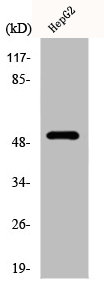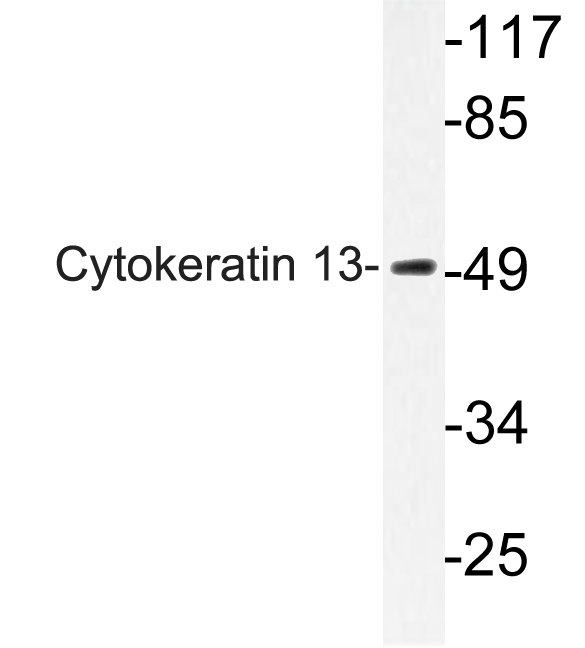Mouse anti Human Keratin 13 & 10
X1252M
ApplicationsWestern Blot, ImmunoHistoChemistry, ImmunoHistoChemistry Frozen, ImmunoHistoChemistry Paraffin
Product group Antibodies
TargetKRT13
Overview
- SupplierNordic-MUbio
- Product NameMouse anti Human Keratin 13 & 10
- Delivery Days Customer7
- Application Supplier NoteAntibody detects cytokeration protein numbers 13 and 10 (molecular weights 53 and 56.6 kDa, respectively, according to Molls classification) by Western blot. Does not react with other cytokeratins or other proteins. Optimal concentration should be evaluated by serial dilutions.
- ApplicationsWestern Blot, ImmunoHistoChemistry, ImmunoHistoChemistry Frozen, ImmunoHistoChemistry Paraffin
- Applications SupplierWestern Blotting;Immunohistochemistry (frozen & paraffin);Immunohistochemistry (frozen & paraffin);Western Blotting
- CertificationResearch Use Only
- ClonalityMonoclonal
- Clone IDDE-K13
- ConjugateUnconjugated
- Gene ID3860
- Target nameKRT13
- Target descriptionkeratin 13
- Target synonymsCK13, K13, WSN2, keratin, type I cytoskeletal 13, CK-13, cytokeratin 13, keratin 13, type I
- HostMouse
- IsotypeIgG2a
- Protein IDP13646
- Protein NameKeratin, type I cytoskeletal 13
- Shelf life instructionSee expiration date on vial
- Reactivity SupplierHuman
- Reactivity Supplier NoteHybridoma produced by the fusion of splenocytes from mice immunized with cytoskeleton preparation from HeLa cells and mouse myeloma cells.
- UNSPSC12352203





